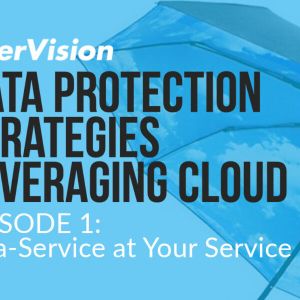InterVision has shown the client a level of understanding that they hadn’t yet been able to garner from AWS directly. Improvements to their cloud architecture are expected to unearth additional cost savings and to amplify their scalability even more.
Ransomware is a reality of the business world. Being more dependent on technology means that unfortunately, cybercriminals know that as well.
Dr. Dennis Trinkle and graduate students; Paul Faria, Christopher Nouhan, and Cyrus Green discuss their findings around Technology trends.
BaaS is different from traditional backup because it is managed by an experienced service provider that removes the daily burden of backup management from your IT staff and provides well-architected solutions that consider industry best practices.
With the list of possible disruptive events that can take a business offline growing in number year over year, it’s no surprise so many organizations’ leaders are now asking IT departments to strengthen their stance against these threats. But what role can DRaaS and the cloud play in ensuring this greater resiliency?
Disaster Recovery as a Service (DRaaS), like its cousin Backup as a Service (BaaS), provides technology to ensure business continuity, a target site and infrastructure, and the management of the process that it takes to ensure its success—all delivered to you as a service. The key for DRaaS is that the target site and infrastructure are in the cloud, rather than in a on-premises datacenter as a traditional DR solution might usually entail. The management is provided by a team of professionals who live and breathe DR and backups, which allows your IT staff to reallocate valuable time to business projects of greater daily importance.
InterVision announces it has been awarded a contract for Amazon Connect through CALNET, the California Department of Technology’s program.














